Honey Lantree: Drummer of The Honeycombs who forced Sixties sexism to beat a retreat
In an era when men thought women should only sing in bands, there was incredulity that she could master the kit
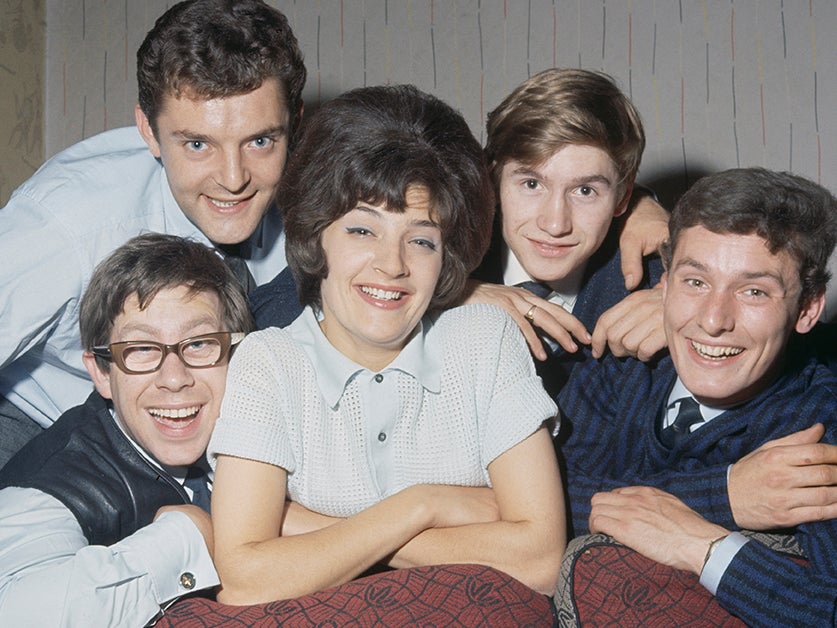
Your support helps us to tell the story
From reproductive rights to climate change to Big Tech, The Independent is on the ground when the story is developing. Whether it's investigating the financials of Elon Musk's pro-Trump PAC or producing our latest documentary, 'The A Word', which shines a light on the American women fighting for reproductive rights, we know how important it is to parse out the facts from the messaging.
At such a critical moment in US history, we need reporters on the ground. Your donation allows us to keep sending journalists to speak to both sides of the story.
The Independent is trusted by Americans across the entire political spectrum. And unlike many other quality news outlets, we choose not to lock Americans out of our reporting and analysis with paywalls. We believe quality journalism should be available to everyone, paid for by those who can afford it.
Your support makes all the difference.There was no shortage of female singers in the 1964 UK pop charts, with Dusty Springfield, Cilla Black, Sandie Shaw, Mary Wells and Dionne Warwick riding high.
Women musicians were in far shorter supply, which ensured that press and public alike unfairly tended to regard Honey Lantree’s presence as drummer on The Honeycombs’ No 1 single “Have I the Right?” as a gimmick.
With her beehive hairstyle and high cheekbones, Lantree undoubtedly provided the visual focus of the quintet who had their origins in Hackney, east London.
But, as she and her colleagues continually found themselves having to explain in interviews, she really did know her way around the kit. She could also play guitar and was a capable vocalist.
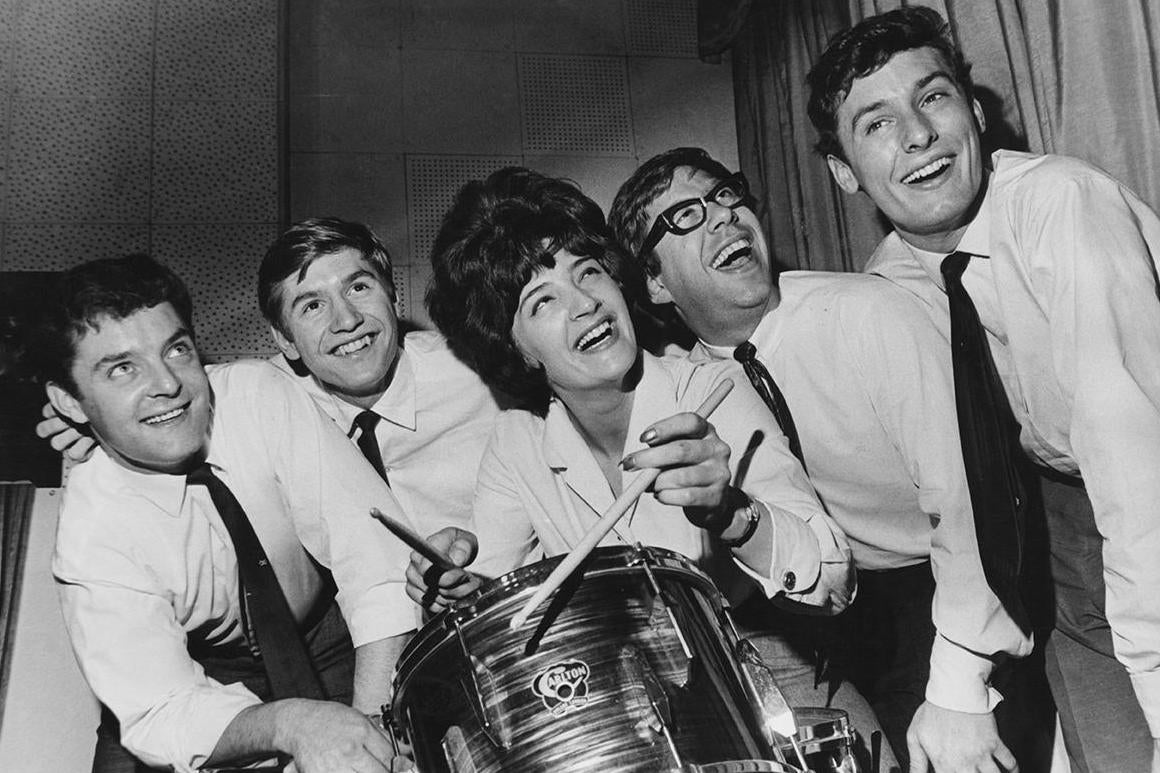
Reflecting many years later on her status as a woman in what was seen as a man’s world, she said: “I didn’t sit there thinking, gosh, I’m doing this and I’m a girl. It was only when we went to play a gig in Hackney that it suddenly dawned on me, ‘Everyone’s looking at me’.”
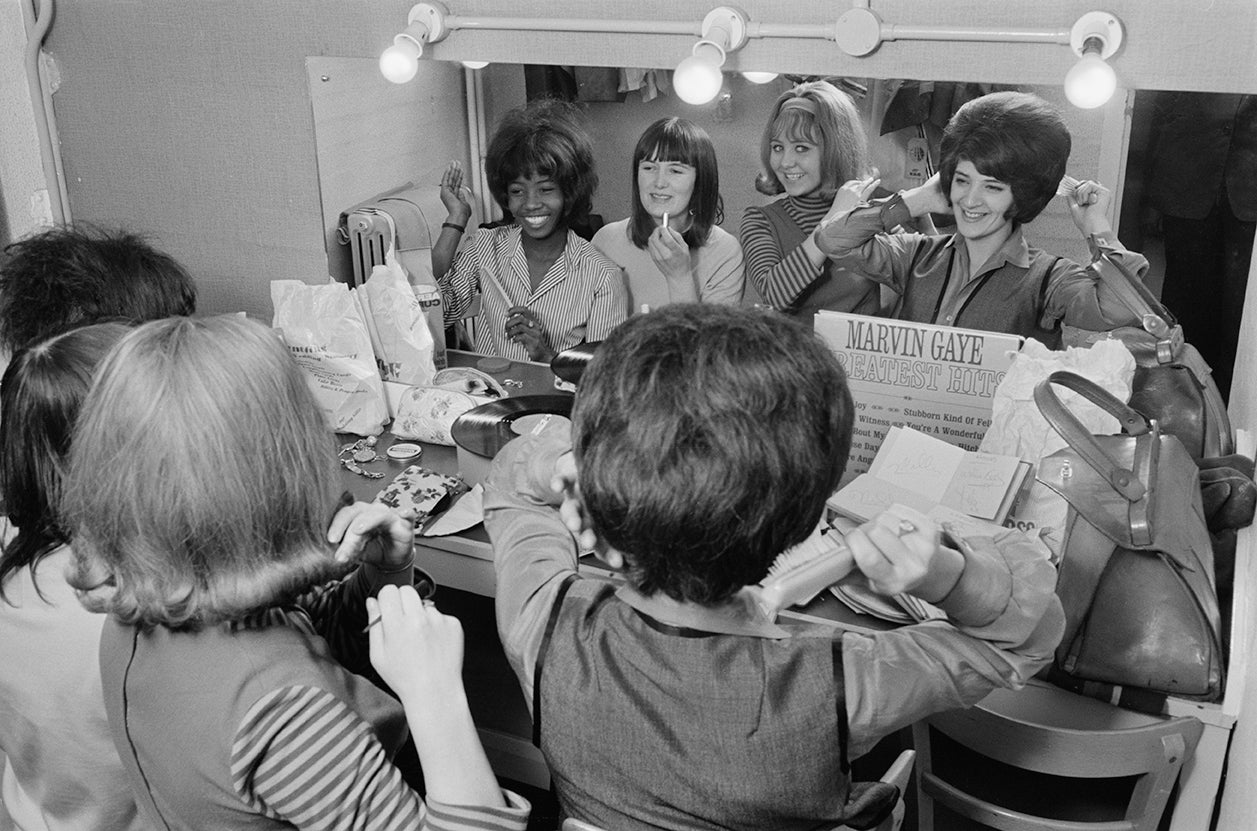
Lantree, known by her married name of Anne Coxall, and who has died at the age of 75, was born during the war at Hayes in Middlesex but moved across London with her parents to Highams Park on the border with Essex, going on to work as assistant to a hairdresser, Martin Murray, who formed a group called The Sheratons in 1963.
Songwriters Ken Howard and Alan Blaikley, seeking an act to record “Have I the Right?”, saw them play the Mildmay Tavern at Newington Green in February 1964 and suggested a change of name to The Honeycombs.
Honey, as she was happy to be rebranded, played alongside her elder brother John (bass guitar), while Denis D’Ell contributed distinctive vocals. Lantree had taken over on percussion in John’s previous band after the drummer left to become an accountant.
Plenty of strong groups failed to find the breakthrough amid the record-industry clamour to create hits in the wake of The Beatles’ phenomenal success, but The Honeycombs had the winning combination of an irresistibly catchy song and a typically distinctive production by Joe Meek of “Telstar” fame.
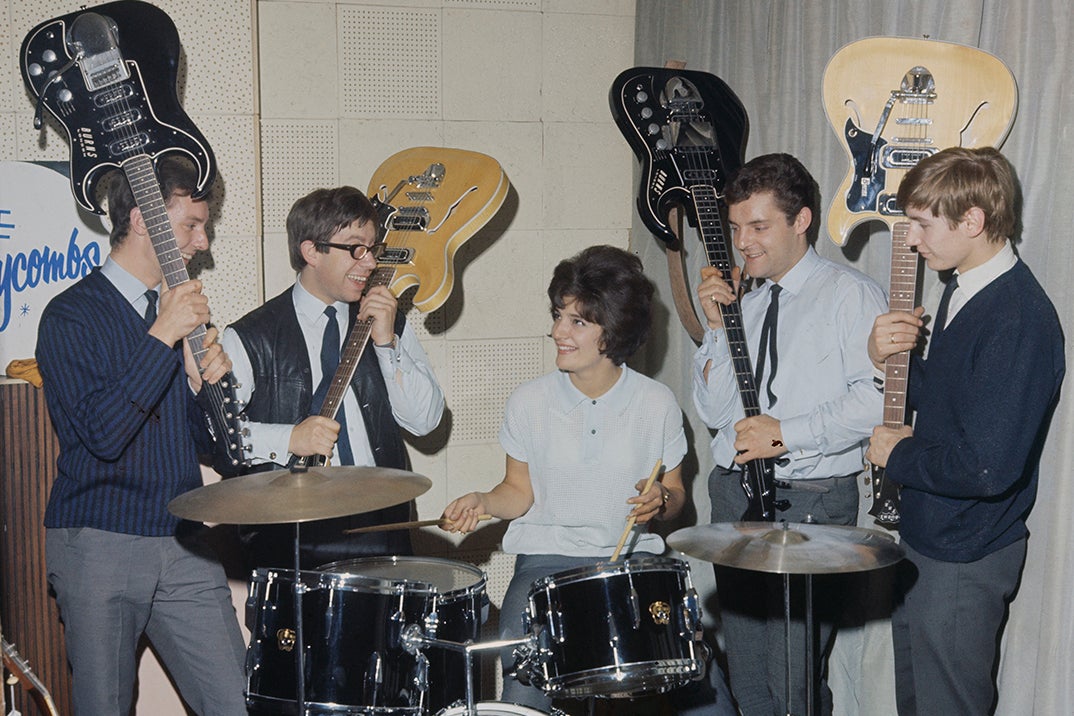
They recorded “Have I the Right?” in the living room at Meek’s flat-cum-studio at 304 Holloway Road in north London.
The only overdubbing came from band members stamping on the wooden stairs to supplement the urgent, stomping 4/4 rhythm Lantree laid down.
Released in June 1964, the song made modest progress until the pirate station Radio Caroline began playing it heavily. By August it had scaled the summit – on Lantree’s 21st birthday – and delivered Meek’s fourth and final chart topper.
The song also made No 1 in Australia, South Africa and Japan as well as peaking at No 4 in the US. As the group toured Britain and Europe – supported by The Applejacks, whose bassist Megan Davies was one of her few contemporaries – and appeared on Top of the Pops, Ready Steady Go! and Thank Your Lucky Stars in rapid succession, certain journalists seemed unwilling to believe Lantree actually performed on the track.
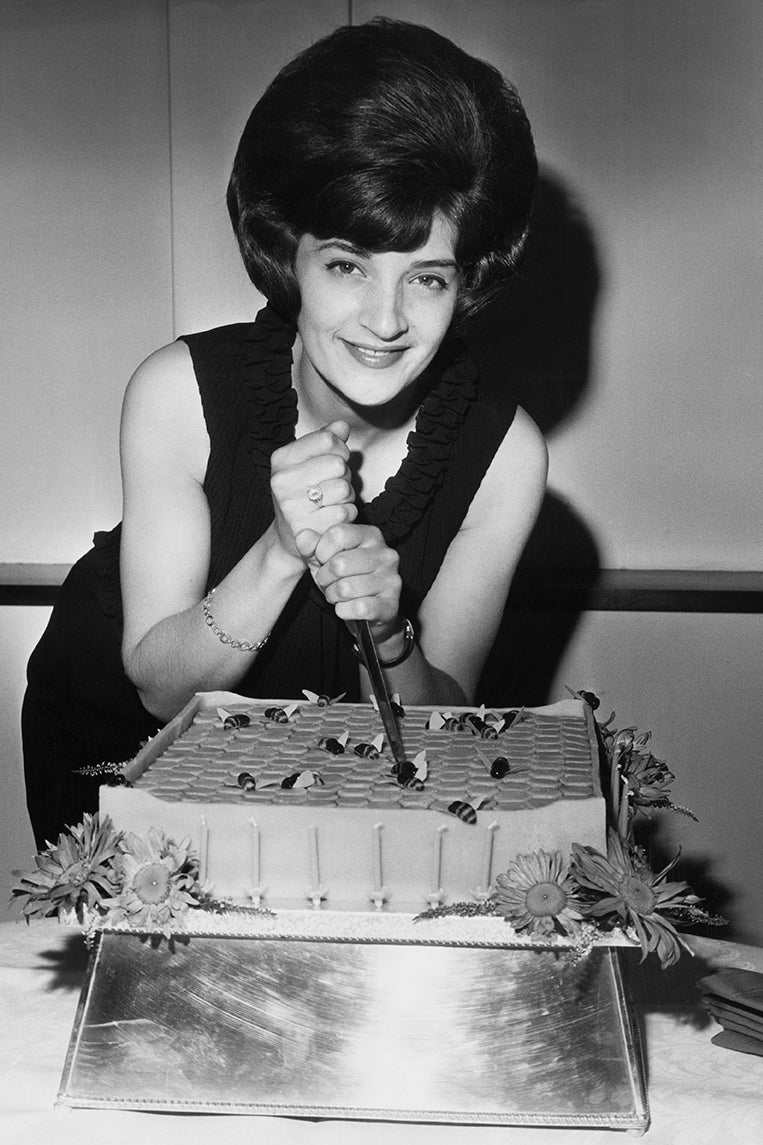
In 1965, with The Honeycombs struggling to follow up their debut smash, D’Ell told Record Mirror: “How can it be a gimmick just because we’ve got a girl on drums? Honey plays with us purely and simply because she’s the right drummer for the job.” Lantree protested in 2014: “I played on every single track we ever recorded.”
The song proved to be their only top 10 entry on either side of the Atlantic. The following year Lantree and D’Ell sang together on another Howard-Blaikley number, “That’s the Way”, a No 12 hit.
She underlined her vocal prowess by taking the lead on “Something I Got To Tell You” on their second album, All Systems – Go! The Honeycombs first made personnel changes then disbanded in 1967, having already been left behind by changing musical trends. In the 1990s – by which time Karen Carpenter, Meg White (White Stripes), Sandy West (Runaways), Debbi Peterson (Bangles) and Gina Schock (Go-Go’s) had followed Lantree’s pioneering role as a female drummer – she participated in a reunion of the “Have I the Right?” lineup but said they “couldn’t do it any more” after D’Ell’s death in 2005.
Honey Lantree was asked more recently whether, if she had her time again, she would do anything differently. “I wish I’d saved the money,” she said, laughing. “I wish I’d been more sensible.”
Anne Margot Coxall, aka Honey Lantree, drummer and singer, born 28 August 1943, died 23 December 2018
Join our commenting forum
Join thought-provoking conversations, follow other Independent readers and see their replies
2Comments